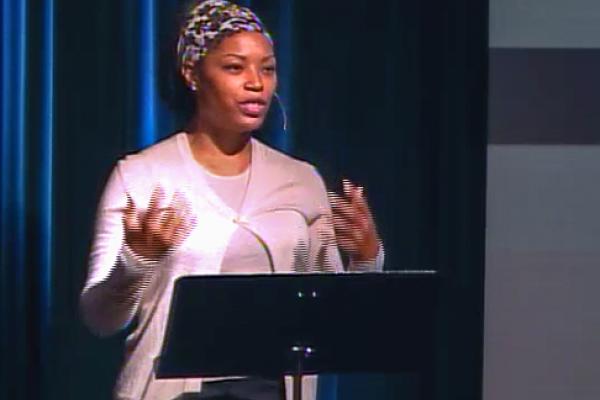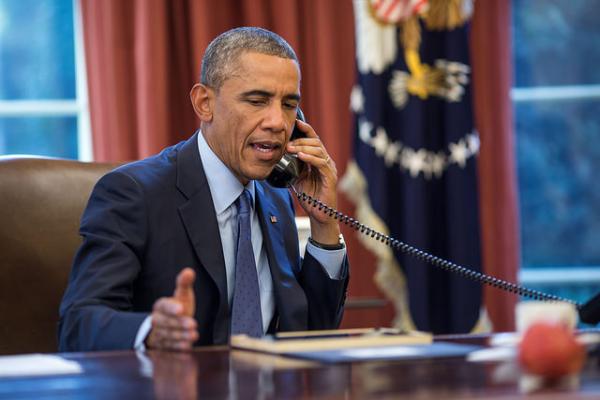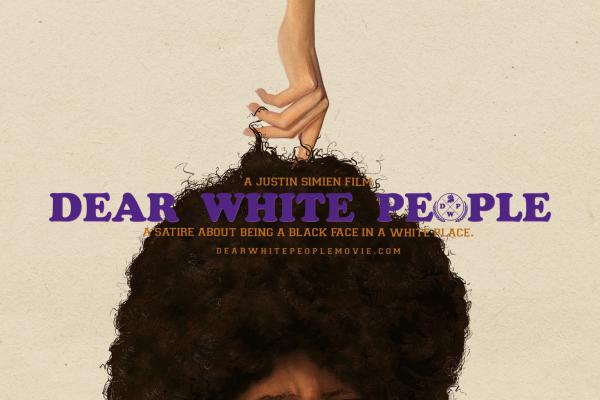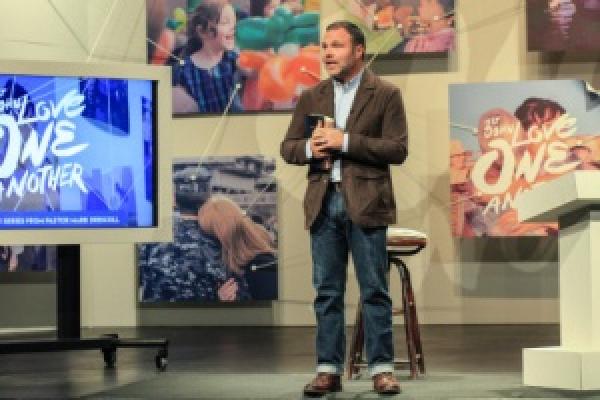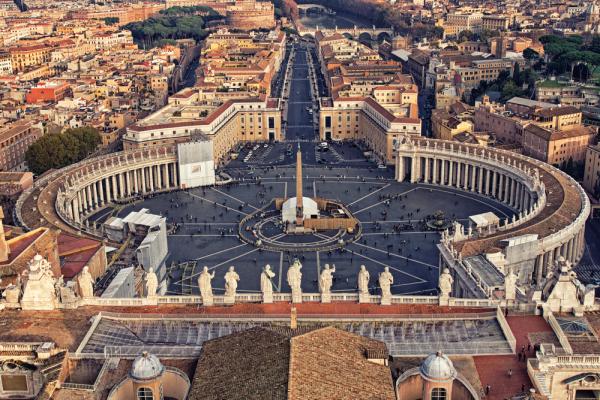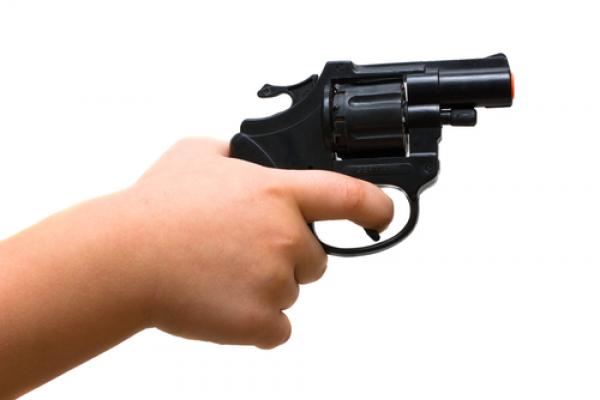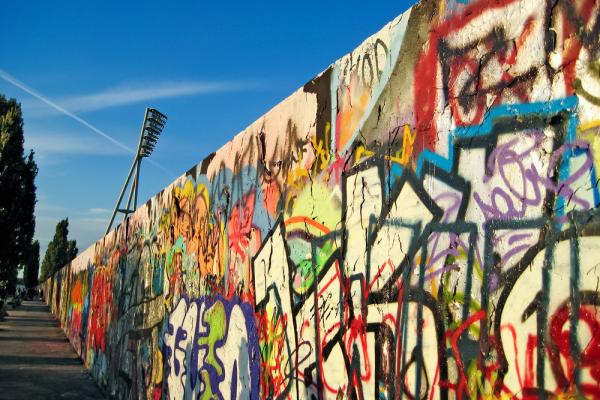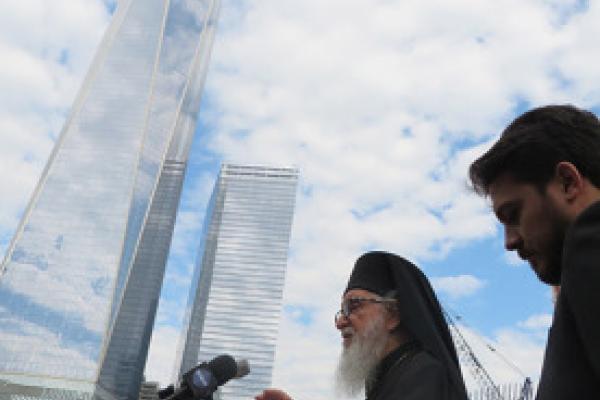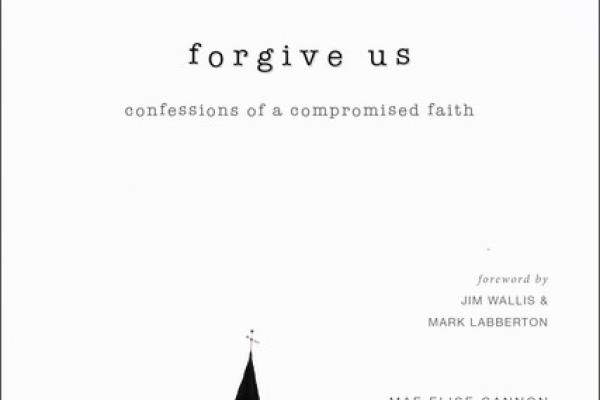At an organization where 45 percent of U.S. senior leaders are women, Romanita Hairston’s gender is mostly a nonissue as she oversees children’s welfare programs at World Vision, the giant evangelical relief agency.
But in the larger evangelical universe, high-ranking women like Hairston remain a relative rarity.
“I think it’s kind of inappropriate at this time in history to be shocked, but I think there are places where I’m one of the few women in a position of authority or shaping theological perspective,” said Hairston, a World Vision vice president who serves on boards and teaches about gender inequity at Seattle Central Community College.
Once the first person in America died from Ebola, the usual bigots and ideologues blamed it on President Obama, whom they loathe. Some suggested Obama deliberately allowed the virus into the U.S. for nefarious purposes.
“He wants us to be just like everybody else, and if Africa is suffering from Ebola, we ought to join the group and be suffering from it, too. That’s his attitude,” said Phyllis Schlafly, the matriarch of America’s religious right.
Every misstep will be laid at the president’s doorstep, as if he personally ordered a Dallas hospital to screw up.
Such nonsense plays well in an election year, at least with a certain portion of the electorate. But the question remains: How are we as a society to deal with a potential contagion that could impact our lives?
Our worst instincts, as always, will be to blame whatever we don’t like, to imagine barriers and travel bans that would protect us, and to turn against each other. Schlafly, for one, blames Obama personally for “letting these diseased people into this country to infect our own people.”
It might be tempting for some viewers to see Dear White People as over-the-top. To see some of its characters as caricatures, or the offensive party that makes up its climax — with white students dressed in blackface — as unrealistic. But it’s not. For evidence, you only need to look as far as the credits, which show photos from similar events at other schools across the country. And when the president of Winchester claims that “racism is over in America,” it doesn’t sound too different from Bill O’Reilly’s similar claim on The Daily Show just last week.
Dear White People is clever, loving, angry satire. It’s a multi-faceted exploration of race in a time when such portrayals are needed, like peroxide on a deep cut. The film sometimes falters in its process, but delivers the goods when it matters most. The fact that it comes so stingingly close to reality is stunning. It’s funny. It’s sad.
Mark Driscoll is back. Kind of.
The controversial founder of Mars Hill Church who stepped down last week offered a brief address at the Gateway Conference on Oct. 20. Initially, he and conference organizers agreed that he would not give a formal address at the conference.
But Robert Morris, pastor of Gateway Church in Dallas, said Driscoll requested to come to the conference as an attendee. “That was big of him to just come and be ministered to,” Morris said.
“We could crucify him, but since someone’s already been crucified for him…” he trailed off. “It’s very sad that in the church, we’re the only army that shoots at our wounded. And I’d like you to stop it.”
Driscoll’s resignation came in the wake of accusations of plagiarism, bullying and an oversized ego that alienated some of his most devoted followers.
Conference attendees gave Driscoll a standing ovation as Morris handed him the microphone.
“What do you want me to do?” Driscoll asked Morris, teasing him about the dangers of giving “a microphone to a preacher who’s been gone for a while.”
Pope Francis and senior Catholic leaders wrapped up their two-week Vatican summit on the challenges of modern family life on Oct. 19 without reaching a consensus on a number of hot-button topics. So where does that leave Francis’ papacy? And the church?
Here are seven takeaways:
1. Hard-liners won the battle
A midpoint status report on the debate among some 190 cardinals and bishops was described as a “pastoral earthquake” because of its unprecedented (for Catholic churchmen) language of welcome of and appreciation for gay people, as well as divorced-and-remarried Catholics and cohabiting couples.
The media tsunami over that apparent breakthrough panicked conservatives, who waged an intense public and private campaign to make sure none of that language — apparently favored by Francis himself — made it into the synod’s final report. They succeeded, and even the few watered-down paragraphs on gays and remarried Catholics did not reach the two-thirds threshold needed for formal passage.
Hard-liners claimed victory, and headlines spoke of Vatican “backtrack” and a “resounding defeat” for Francis that left his papacy “weakened.”
A while back, a blog post speaking into the pain of miscarriage was making its rounds on the Internet. Having never miscarried (that I know of), or grieved the death of any child, I asked my friend who lost her two-month-old son whether she felt highlighting the pain of miscarriage diminishes the story of her own tragedy. She replied:
“It is not very helpful to compare pain.”
But how often do we do just that? There is a phenomenon of what I call, “First-World-Problem-Shaming,” where we make people feel bad about their anxieties because somewhere in the world children are starving. I don’t know about you, but in general, I feel WORSE after being reminded of greater problems in the world in response to my petty issues, not better. We compare our pains, assigning degrees of severity attached to the problem, deem one pain more worthy of compassion than the other, and manage one another’s grief as if it can be contained by our metrics. Yet everything we know about grief is that it defies our expectations, bowling us over unsuspectingly or releasing us with surprising turns. Everyone grieves in their own way.
This dynamic carries over to the way we do justice.
Michael Brown. Sandy Hook. Trayvon Martin. Aurora. Columbine.
Within the last decade, the narrative of children and teenagers being killed by gun violence has become an all-too-familiar narrative in the American public sphere. In a recent report compiled by The Brady Campaign, statistics revealed that in 2011 alone, 19,403 children were shot and 2,703 children and teenagers lost their lives to guns.
That’s seven of America’s youth under the age of 20 killed every day.
In the book of Matthew, the disciples ask Jesus, “Who is the greatest in the kingdom of heaven?”
Jesus calls a child to join the group.
“Truly I tell you, unless you change and become like children, you will never enter the kingdom of heaven,” he answers.
If as Christians, children represent God’s creation in its most pure and innocent form, why is it that as Americans, we continue to let children die preventable deaths from gun violence? Gun control policies are a difficult discourse for the American public. Yet one thing we can all agree on is that children should not be killed.
Of the 2,703 children killed in 2011, 61 percent were homicides, 32 percent were suicides and 5 percent were unintentional shooting. These statistics propel gun-related deaths to the number two leading cause of death for youth in America.
Just over fifty-three years ago, a huge wall was built, a mighty fortress – a wall around East Berlin, a wall to keep out and a wall to keep in. This wall isolated people and forcefully molded them into a single, straight, dreary one-dimensional way of living. The wall represented an oppressive system without cracks, without breaks, without life.
Almost 500 years ago, a monk by the name of Martin Luther felt the pressures of another oppressive system, one in which a person was never sure of God or God’s mercy, one in which a person could even pay to climb the stairway to heaven quicker and easier. In many aspects, the church itself had become a fortress, dictating who was in and who was out.
Every system, every culture, every community risks succumbing to the temptation of shutting borders and protecting an identity. We are quickly seduced into the illusion of absolute control and power. Brick by brick, wall by wall, suspicion by suspicion, power is built, oppression takes hold. We construct an identity, a security, a world. We construct our own way to heaven. (Or is it to a ghetto?)
Who or what can defeat and break the walls, the towers, the fortresses we construct? Who or what can overcome oppression in the land? Where do we turn when creation shakes and societies are in an uproar?
Leaders of a Greek Orthodox church that was destroyed during the 9/11 attacks on the World Trade Center broke ground on a new St. Nicholas Greek Orthodox Church that will overlook the 9/11 Memorial.
The new domed building is scheduled to open in 2016, the same year as the church’s 100th anniversary. The church has raised $7 million of about $38 million needed.
Plans to rebuild the church were stalled by a dispute with the Port Authority of New York, which is in charge of overall rebuilding efforts at Ground Zero. Under an 2011 agreement brokered by New York Gov. Andrew Cuomo, the church agreed to drop its lawsuit in return for building at a larger site.
On Oct. 18, government and church leaders joined on a concrete platform surrounded by steel foundation beams and orange construction netting to break ground for the church, designed by renowned Spanish architect Santiago Calatrava.
Patrick J. Foye, who was named earlier this year as executive director of the Port Authority, said the future building would be “an iconic house of worship,” comparable to the building of St. Patrick’s Cathedral in midtown.
I attended Catholic school for one year as a child. My second-grade year in Philadelphia’s St. Athanasius left me with a strong sense of the mystery of the church. The most mysterious space there was the confessional booth. I wasn’t allowed to enter because I wasn’t Catholic, so I just sat and watched others enter with pinched brows. Then they would exit with peace painted over their faces.
There is a scene in the book Blue Like Jazz where author Donald Miller sets up a confessional box in the center of the Reed College campus. But Miller’s confessional worked in reverse. Students of Reed, which is known as the most liberal campus in the country, entered the confessional booth with curiosity, cynicism, skepticism, or worse — to disprove this thing called Christianity. But what they encountered upon entry was disarming — even healing. Rather than prompts to confess their sin, Miller sat on the other side of the veil and confessed of the sins of the church. This was a revolutionary act in the context where, according to Gabe Lyons and David Kinnaman’s modern classic, UnChristian, the general consensus about Christians is decidedly negative.
